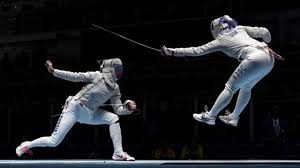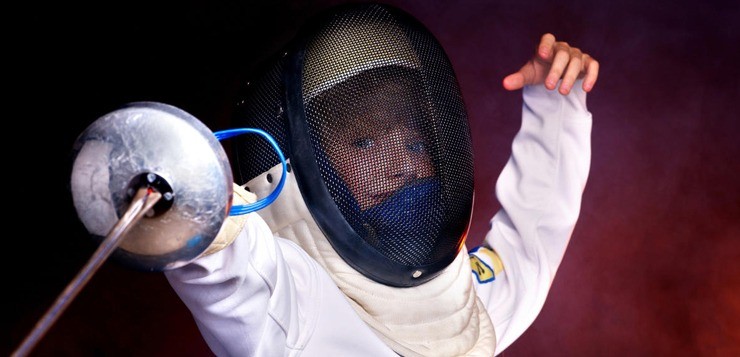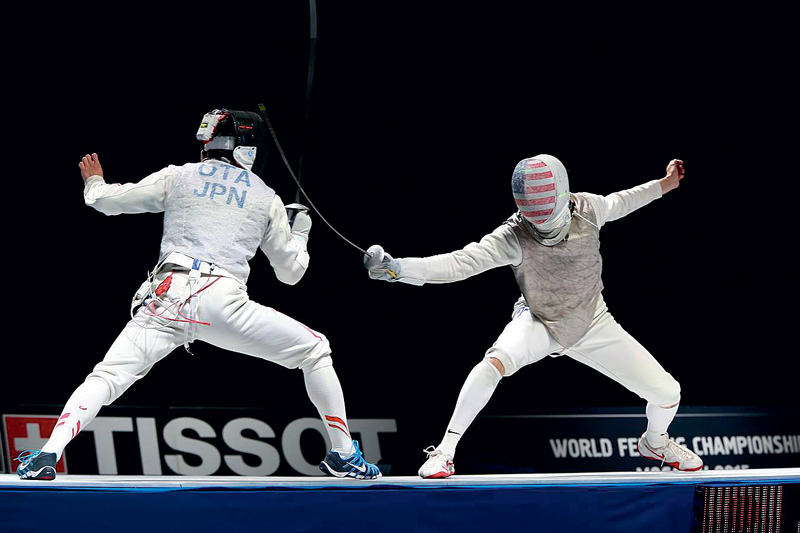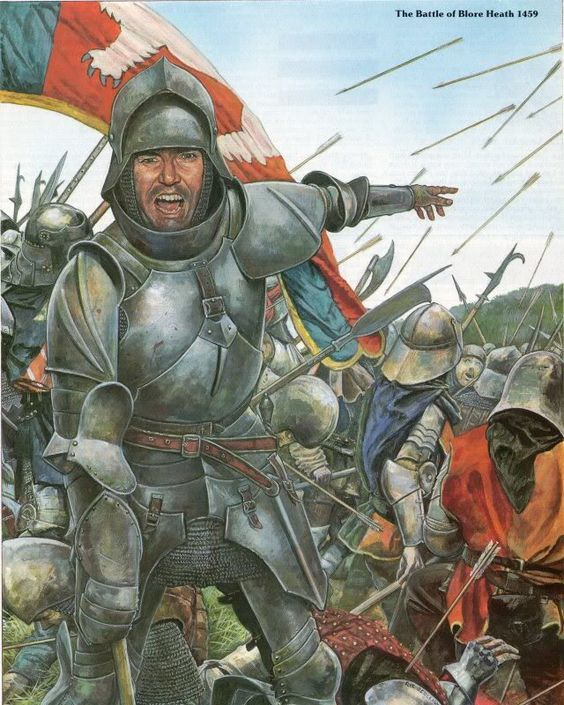Italian Fencing School
 Among all the treatises devoted to foil foil, no one can compare with the “Great fencing simulator written by Ridolfo Capo Ferro da Cagli, master of the most excellent German nation in the famous city of Siena.” This is not a big, but very comprehensive work that contains clear definitions, correct conclusions, and a large number of practical examples.
Among all the treatises devoted to foil foil, no one can compare with the “Great fencing simulator written by Ridolfo Capo Ferro da Cagli, master of the most excellent German nation in the famous city of Siena.” This is not a big, but very comprehensive work that contains clear definitions, correct conclusions, and a large number of practical examples.
The treatise of Capo Ferro is divided into thirteen chapters, in which he consistently describes such important concepts as:
properties and characteristics of weapons;
the distance by which he means the distance between the tip of the blade and the body of the enemy;
pace;
the correct position of the parts of the body – the body, arms, legs, in the description of the movements for the first time such a concept as an attached step appears; Capo Ferro clearly articulates the concept of fencing stance, which is very close to how we understand it – “Stance is a body position when the arm and sword form a straight line directed to the center of the affected area on the opponent’s body, and the body maintains a stable position in depending on the rhythm of movements, in order to keep the enemy at a distance and hit him if he approaches his death … ”
Capo Ferro Lunge
Capo Ferro Lunge
One of the main principles preached by Capo Ferro was that for the defense of a single rapier blade, without using a book or shield.
In addition to the basic principles of fencing science, in his work, Capo Ferro gives recommendations on practical fencing. All of them were disassembled in detail by Egerton Castle, but I wanted to draw your attention to the very first of them:
“1. Firstly, when a person entered the battle, he should more closely monitor the opponent’s hand in which he holds the weapon than any other point, to see all his movements and accordingly draw conclusions about what should be done.”
I cited this quote especially for those who like to speak (especially often in film performances of fencing scenes) – “… Follow the eyes of your opponent, they will tell you his intentions …”
At the end of this section, I posted a gallery containing illustrations from the Capo Ferro treatise.
The work of Capo Ferro should complete a brief review of the development of the Italian foil fencing system, as it was the most outstanding work devoted to this subject. There was no fundamental change in the art of fencing on rapiers until the end of the 17th century, when a new style of fencing began to spread throughout Europe, developed by French masters for weapons that were easier and more deadly than rapiers – a sword with a trihedral blade.
Destresa
While the Italians, and then, seizing their initiative, the French realized that the simplification of the fencing system leads to perfection, the Spanish masters turned fencing into a very complex and intricate “science”, requiring practical knowledge of geometry and natural philosophy. The Spanish rapier system (in the broader sense of any other melee weapon) got its name – Destresa (Spanish: La Destreza), which literally means “skill.”
The founder of destresa, the principles of which were based on the mathematical relationship of angles and arcs, tangents and chords, can be considered Carranza, who completed his first written work in 1569 and came into widespread use by 1582. In the XVII century, the teachings of Carranza were continued and developed by another Spanish master, Luis Pacheco de Narvaez, namely his works, or the works of other authors, but based on the work of de Narvaez, and make up all Spanish literature on fencing of the 17th century. Outside the territory of the Iberian Peninsula, the principles of destresa were “preached” by Girard Thibault from Antwerp, known for his work “Blade Academy”.
All the principles of destresis are based on movements within an imaginary (mystical) circle drawn on the ground – circonferencia imaginta entre los cuerpos contrarios (in Spanish, an imaginary circle between the bodies of opponents).
Spanish Fencing System
The imaginary circle between the bodies of opponents
In a fighting stance (the body is straightened, but so that the heart is not directly opposite the opponent’s sword; the right arm is stretched straight, the legs are spread wide …), the opponents should be at opposite ends of the diameter of this circle, the length of which is equal to the length of the arm with a horizontally extended sword . Opponents can move relative to each other, diametrically opposite tangents. Opponents can take steps inside this circle, moving along its fictional chords, and appear “inside the distance” at a distance of impact. Thus, any step taken by one of the fencers can lead to the following results:
the opponent takes a corresponding step around the circumference, so that they remain at opposite ends of the diameter and do not change anything;
the opponent strikes, taking a step;
the opponent gets hit if he misses the “moment”.
The main goal of the step is to put the enemy at a disadvantage in defense.




